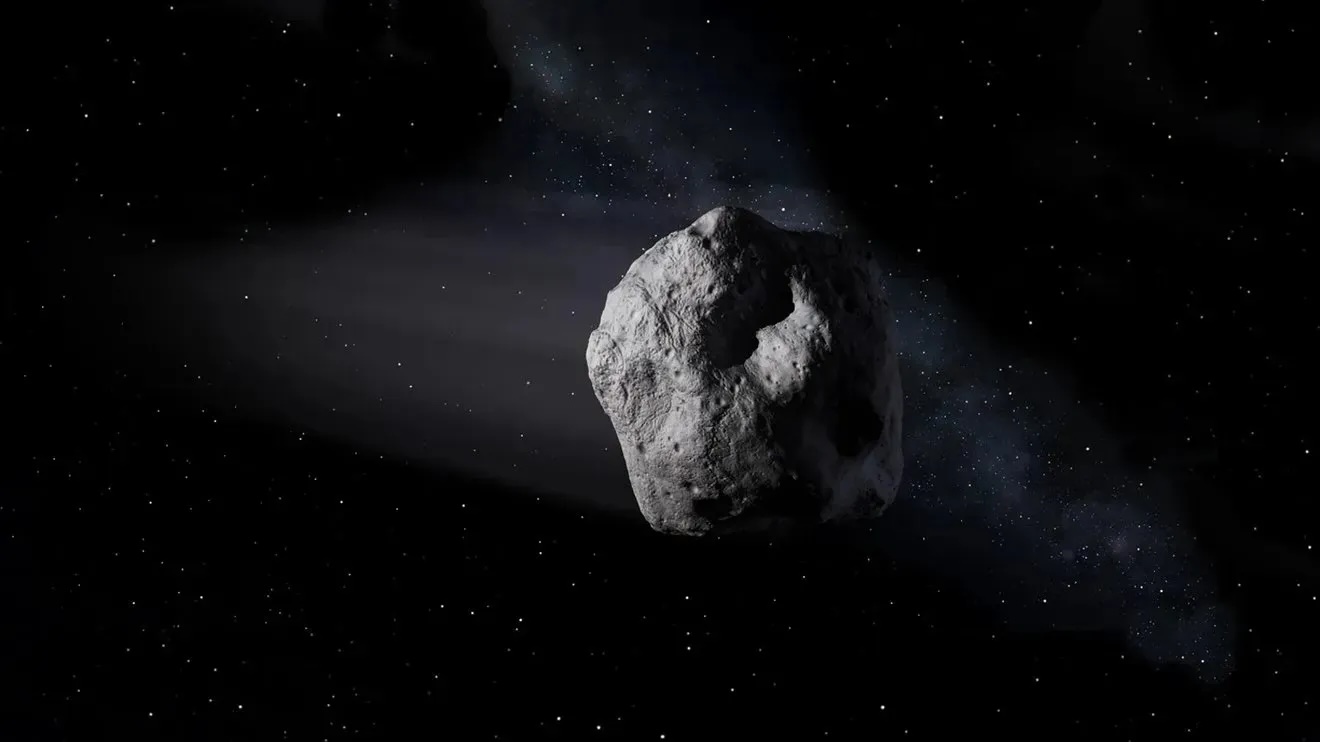When you buy through links on our internet site , we may garner an affiliate committee . Here ’s how it works .
This week , Mars will shine brighter than at any time since December 2022 as it reaches a point astronomers call " resistance . " That means skywatchers will have the best purview of the Red Planet — both with the naked oculus and throughbinocularsandtelescopes — until 2027 .
As an added bonus , on Monday ( Jan. 13 ) , the full moon will butt against in front of vivid Mars in a uncommon lunar occultation , offer spectators the exquisite persuasion of theRed Planet appearing to set and rise from behind the moon .

Mars will reach opposition in mid-January, when it will shine brightly all night.
Opposition refers to when Earth sits directly betweenMarsand the sun . ( In other Son , Mars is on theoppositeside of Earth as the sunlight . ) With Earth and Mars as nigh as they get , Mars will appear brighter and big than at any other sentence in its 687 - Earth - day orbit ofthe sunshine . Only at opposition is the brass of Mars fully illuminated by the sunshine , make it the pure time for reflection .
When to see Mars at opposition
Mars strain resistance on Jan. 16 , when it will glint a bright gilded color to the naked heart in the constellation Gemini . A few years originally , on Jan. 12 , it will make its close approach to Earth since its last opponent in 2022 , at 59.7 million Roman mile ( 96.1 million kilometers ) . This timing quirk pass because the slightly elliptical orbit of both Earth and Mars get the latter to be vivid just before opposition .
relate : The 10 best stargazing events of 2025
To see Mars at its very best , await east at sunset between Jan. 12 and Jan. 16 . The Red Planet will rise at sundown , stay visible all dark , and finally set in the west at dawning . It will dominate the easterly night sky and , at magnitude -1.4 , outshine every star . It will have temporary competition fromVenusin the westerly sky — which will be far brighter , at magnitude -4.3 — but Venus will coif a couple of time of day after sunset . ( In astronomy , a lower magnitude means a brighter object . )

Skywatching bonus: Watch the Wolf Moon ‘occult’ Mars
— Full lunar month of 2025 : name , appointment and everything you ask to know
— After accident clangour on Mars , NASA ’s Ingenuity helicopter could experience on as a conditions station for 20 year
— 10 awful thing we find on Mars in 2024 , from century of ' spider ' to a ' Martian click '

A bright moon will briefly photobomb Mars during its observation windowpane . Overnight on Jan. 13 - 14 , Mars will be occulted — or temporarily blocked — by the full Wolf Moon , go away and reappearing behind it as see to it from North America . The two objects will cuddle up intimately again about a month later ; on Feb. 9 , Mars will spring a beautiful conjunction with a wax gibbous moonshine , making it appear to get extremely penny-pinching to Earth ’s natural satellite .
Although it will depend its good and brightest for year to come , Mars will be dwarfed by Venus in pure brightness terms by tardy January . Between Jan. 28 and Feb. 27 , Venus will drop close to Earth and be as bright as it ever mystify in the evening sky , reaching its dandy brilliance on Feb. 14 .















